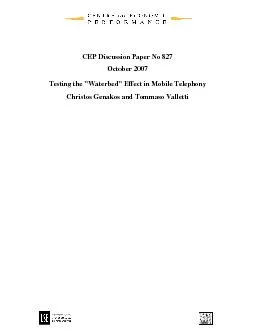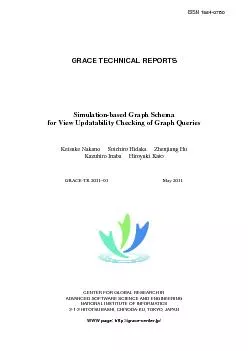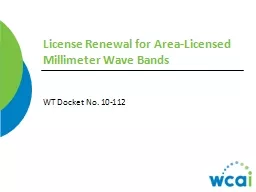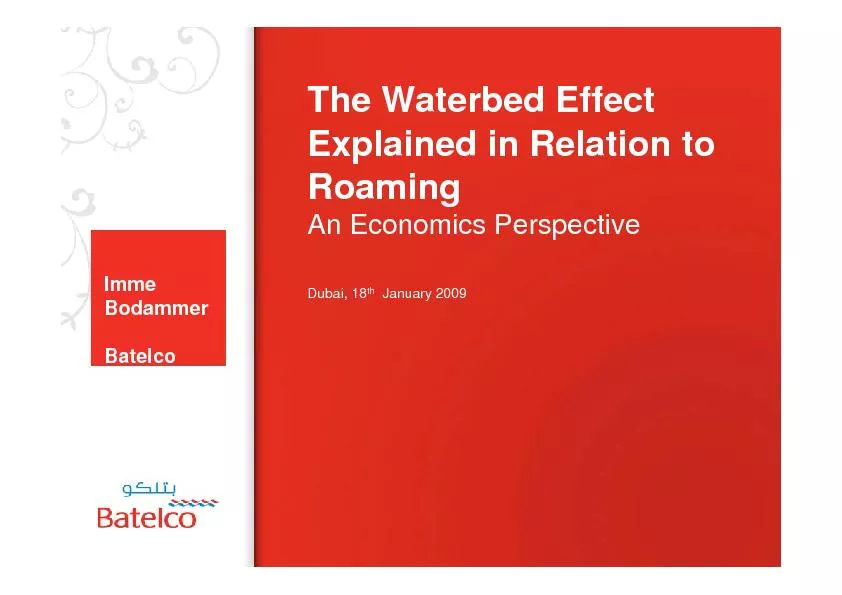PDF-Testing the "Waterbed" Effect in Mobile Telephony
Author : test | Published Date : 2015-12-04
This paper examines the impact of regulatory intervention to cut termination rates of calls from fixed lines to mobile phones Under quite general conditions of competition
Presentation Embed Code
Download Presentation
Download Presentation The PPT/PDF document "Testing the "Waterbed" Effect in Mobile ..." is the property of its rightful owner. Permission is granted to download and print the materials on this website for personal, non-commercial use only, and to display it on your personal computer provided you do not modify the materials and that you retain all copyright notices contained in the materials. By downloading content from our website, you accept the terms of this agreement.
Testing the "Waterbed" Effect in Mobile Telephony: Transcript
Download Rules Of Document
"Testing the "Waterbed" Effect in Mobile Telephony"The content belongs to its owner. You may download and print it for personal use, without modification, and keep all copyright notices. By downloading, you agree to these terms.
Related Documents














